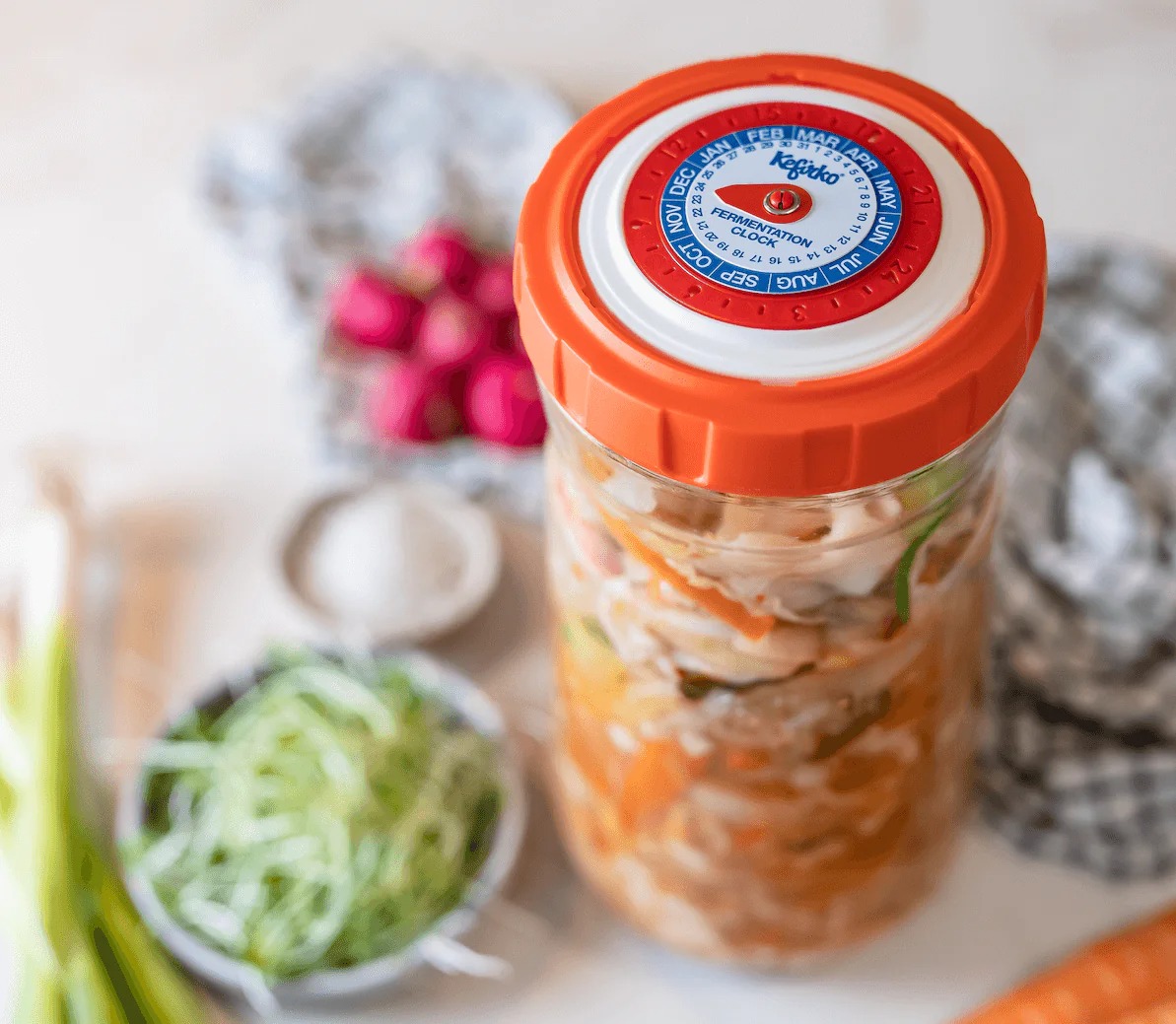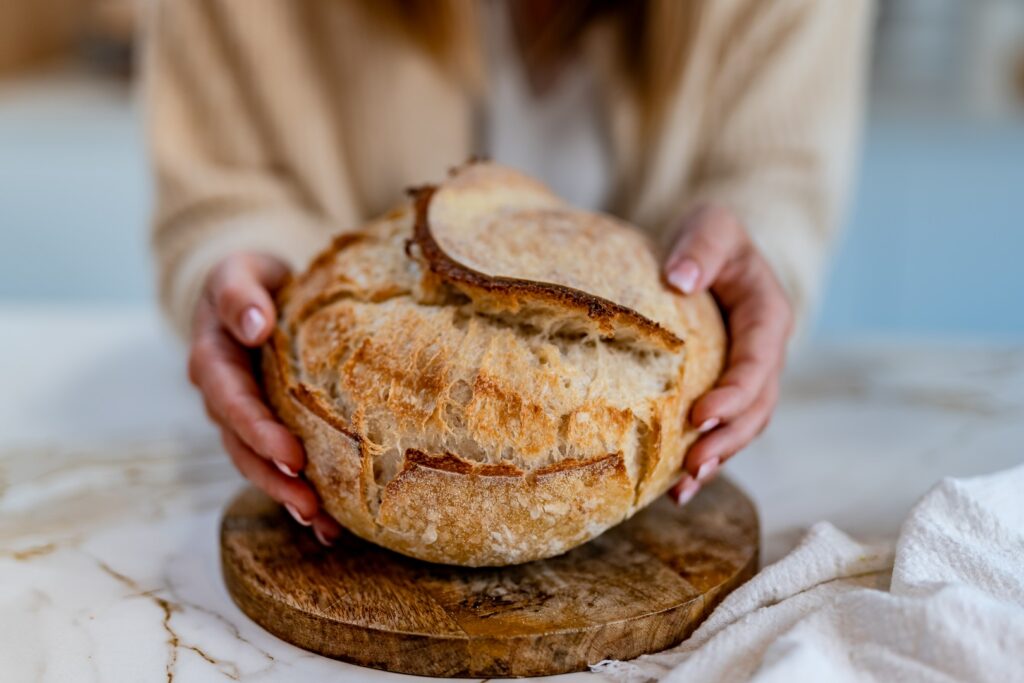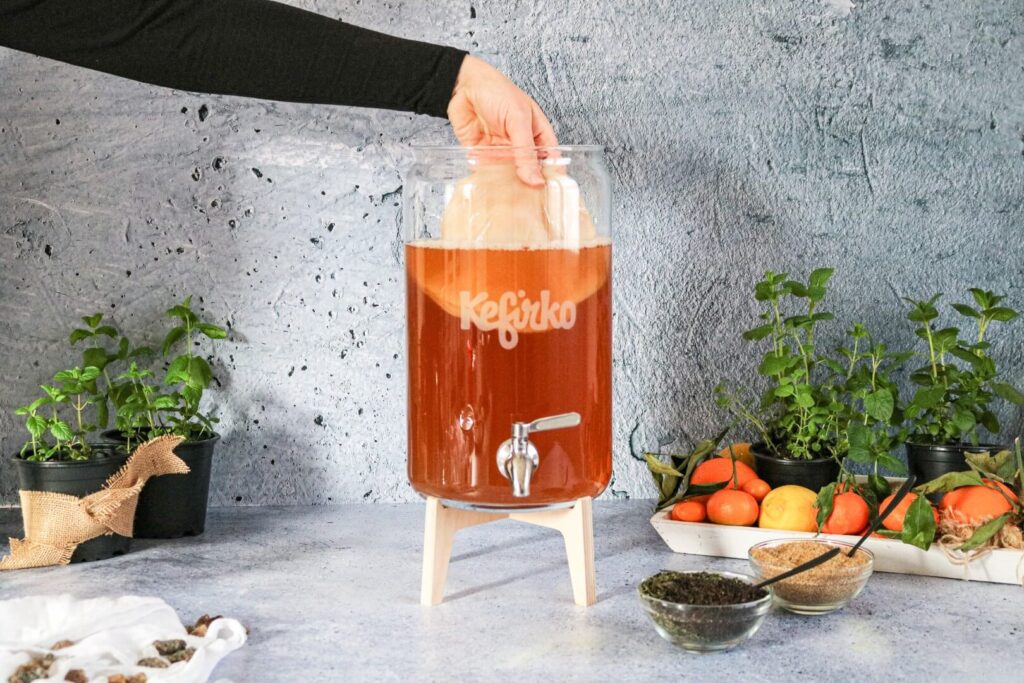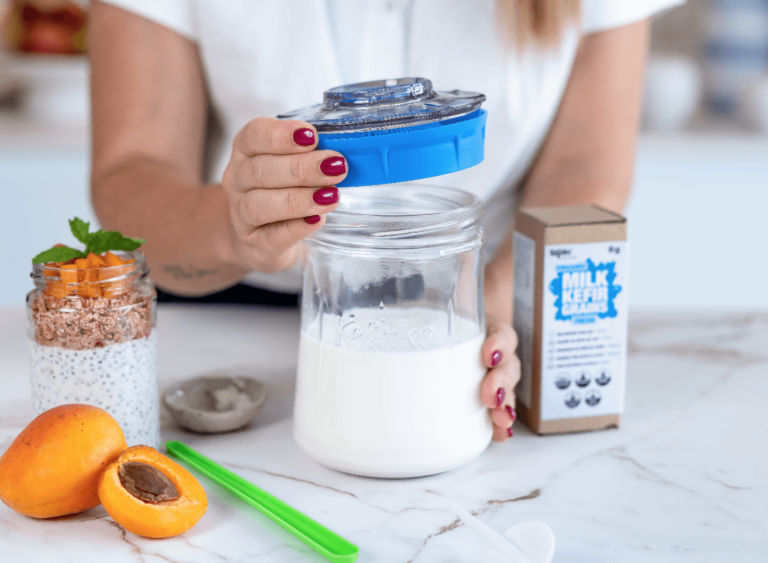Fermented Food: Types of Fermentation and Why They Matter

What is fermentation and how did it all start?
Fermentation in cuisine most likely began entirely by accident. People noticed that when food was left to sit, it would change – sometimes it spoiled and became inedible, while under different conditions it transformed into something delicious, healthy, and long-lasting.
This is how many fermented food we still enjoy today were created: kefir, sauerkraut, kombucha, wine, beer, and more. It is believed that the first beer came from wheat left out in the rain, while the first kombucha appeared when someone forgot to drink a cup of sweetened tea.
Over time, people discovered that fermentation could be harnessed and controlled under the right conditions, bringing countless advantages to cuisine: food became more durable, tastier, and even beneficial for health.
From everyday practice to modern cuisine
For centuries, fermentation was an ordinary, natural part of life. Things changed in modern times with the rise of pasteurization, a process designed to extend shelf life by stopping microbial activity. Yet science shows us that not all microbes are harmful – the right types of microorganisms in the right balance can be very beneficial. They protect us from disease, support digestion, and help maintain a healthy gut microbiome.
Fermented food is making a comeback. It contains living organisms that positively affect our bodies. Probiotics, for example, literally mean “for life” (from Latin pro = for and Greek bios = life). These living cultures are central to the benefits of fermentation.
Yeasts, bacteria, and other microorganisms make possible the wide range of foods. By studying and rediscovering fermentation, new culinary traditions have been shaped that enrich both our diet and our culture.
In fermentation, everything is about balance – between microbes, time, conditions, and culture. Some microorganisms appear spontaneously (wild fermentation), while others can be added or encouraged to guide the process.

Types of Fermentation
Different types of fermentation require different conditions for their activity. One of the key factors is whether the process takes place in the presence of oxygen or without it. Based on this, fermentations are broadly divided into:
- anaerobic fermentations, which occur without oxygen,
- aerobic fermentations, which require oxygen.
When asking “what are the types of fermentation?”, it’s important to understand that each process depends on the specific microorganisms involved, the conditions under which they grow, and the desired final product. Even with the same ingredients, different microbes and ratios can lead to completely different fermented foods.
🥛 1. Lactic Acid Fermentation (Lacto-fermentation)
- Who’s involved?
Lactic acid bacteria (Lactobacillus, Streptococcus). - How it works:
These bacteria convert sugars (like lactose) into lactic acid. The food becomes sour, longer-lasting, and easier to digest. - Examples of fermented food:
Yogurt, kefir, sauerkraut, fermented vegetables, sausages. - Why it matters:
Extends shelf life, adds probiotics, and creates a fresh, tangy flavor. This is an anaerobic process (without oxygen).
🍷 2. Alcoholic Fermentation
Who’s involved?
Yeasts.How it works:
Yeasts transform sugars into alcohol (ethanol) and carbon dioxide.Examples:
Wine, beer, bread, sourdough, distilled spirits.Why it matters:
Creates complex aromas and is the basis for many culinary and cultural traditions.
🍎 3. Acetic Acid Fermentation
Who’s involved?
Acetobacter bacteria.How it works:
In the presence of oxygen, alcohol is converted into acetic acid.Examples:
Apple cider vinegar, wine vinegar, rice vinegar, balsamic vinegar.Why it matters:
Vinegar is both a flavorful ingredient and a natural preservative that has been used for thousands of years.
🧀 4. Mold Fermentation
Who’s involved?
Molds such as Aspergillus and Penicillium.How it works:
Molds break down starches and proteins, producing distinctive flavors and textures.Examples:
Tempeh, miso, soy sauce, blue and white mold cheeses, rice wine.Why it matters:
Adds depth, complexity, and the prized “umami” taste found in some of the world’s most beloved foods.

Combined Fermentations
Some foods are the result of multiple types of fermentation:
- Kombucha combines alcoholic fermentation (yeasts → alcohol) and acetic fermentation (bacteria → acids).
- Kefir contains both bacteria and yeasts, meaning lactic acid and alcoholic fermentation occur together.
This shows that fermentation is rarely a single linear process. Instead, it is a complex interaction of microorganisms working together to create the final product – rich in flavor, aroma, texture, and nutritional value.
Primary and second fermentation
Primary fermentation takes place at the beginning of the process to produce the base food or drink we want – such as milk kefir, kombucha, or water kefir.
Second fermentation usually follows by removing the starter culture from the ferment (grains, SCOBY) and adding sugar, fruit, or herbs. This stage refines and enhances the flavor, and usually also creates natural carbonation (bubbles).
✨ By understanding what fermentation is and the different types of fermentation, we can better appreciate the cultural, nutritional, and culinary richness that fermented food brings into our lives.
Recommended products from this blog:
Kefirko
Lorem Ipsum is simply dummy text of the printing and typesetting industry. Lorem Ipsum has been the industry's standard dummy text ever since the 1500s, when an unknown printer took a galley of type and scrambled it to make a type specimen book. It has survived not only five centuries, but also the leap into electronic typesetting, remaining essentially unchanged. It was popularised in the 1960s with the release of Letraset sheets containing Lorem Ipsum passages, and more recently with desktop publishing software like Aldus PageMaker including versions of Lorem Ipsum.





